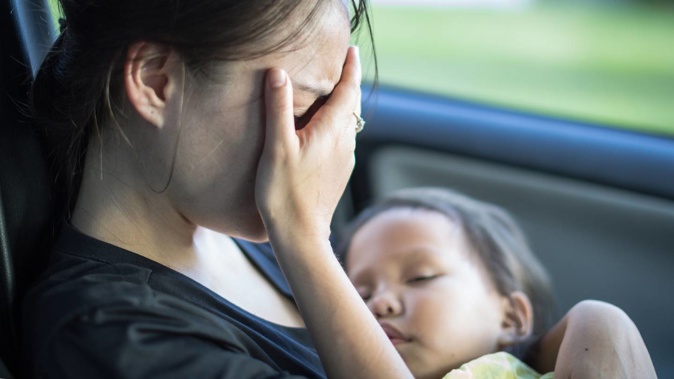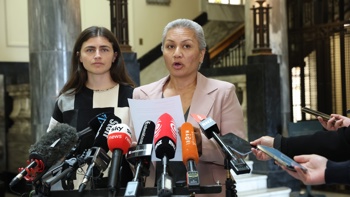
The use of body cameras in a study of child poverty has revealed the "shameful" extent of the problem in New Zealand.
The study gave 168 randomly selected Wellington children between the ages of 11 and 13 a body camera which they wore for four consecutive days. It found Māori and Pacific children were more likely to have fewer educational resources, less opportunities for places to play, worse access to fresh food like fruit and were more likely to live in mouldy homes.
The University of Otago-led study, published today in the New Zealand Medical Journal, involved cameras taking a photo every seven seconds in an effort to expose the impacts of child poverty.
Children were asked to wear the camera for all of their leisure time – time spent outside of school, and take it off only for privacy reasons, or of they were playing vigorous sport.
The results showed the differences in the lives of children living in high versus low socioeconomic deprivation.
Children in high socioeconomic deprivation were more likely to consume sweets, less likely to have their own rooms, and more likely to live in mouldy homes but children in low socio-economic deprivation often had their own personal space and bowls of fruit on spacious countertops.
Senior author Professor Louise Signal, of Otago's Department of Public Health, told the Herald the research allows children to self-report, rather than relying on adults to tell their story for them.
"It really challenges adults to take the children's view into perspective, to see what they're seeing and understand we urgently need to act."
Signal said poverty in Aotearoa New Zealand permanently impacts children's health and wellbeing and "is no way to build a thriving nation".
Signal said the children showed researchers the "complicated nature" of child poverty in New Zealand.
"What we found was eye-opening was the view of these children's world from their perspective.
"Adults make decisions about children's lives and society makes decisions on children's behalf but the adults in this country tend to underestimate the impact of child poverty."
Signal said while Government initiatives like the cost-of-living payment are helpful, it's not enough.
"I think it's shameful we have child poverty in this country of plenty where we have such a good economy, we don't need to have children in poverty.
"Perhaps these images will help us get some action from the adults."
The Government set three key targets to achieve by June 2021: reducing child poverty before and after housing costs, and the percentage of children experiencing material hardship.
The latest data from Stats NZ released in February showed that although the number of children in child poverty has trended down over the three-year period since 2018, there remain stark disparities for Māori, Pasifika and disabled children - described as "particularly bleak". Poor and expensive housing also continues to be a major factor.
The research was funded by the Health Research Council of New Zealand and the New Zealand Lotteries Commission.
Take your Radio, Podcasts and Music with you









